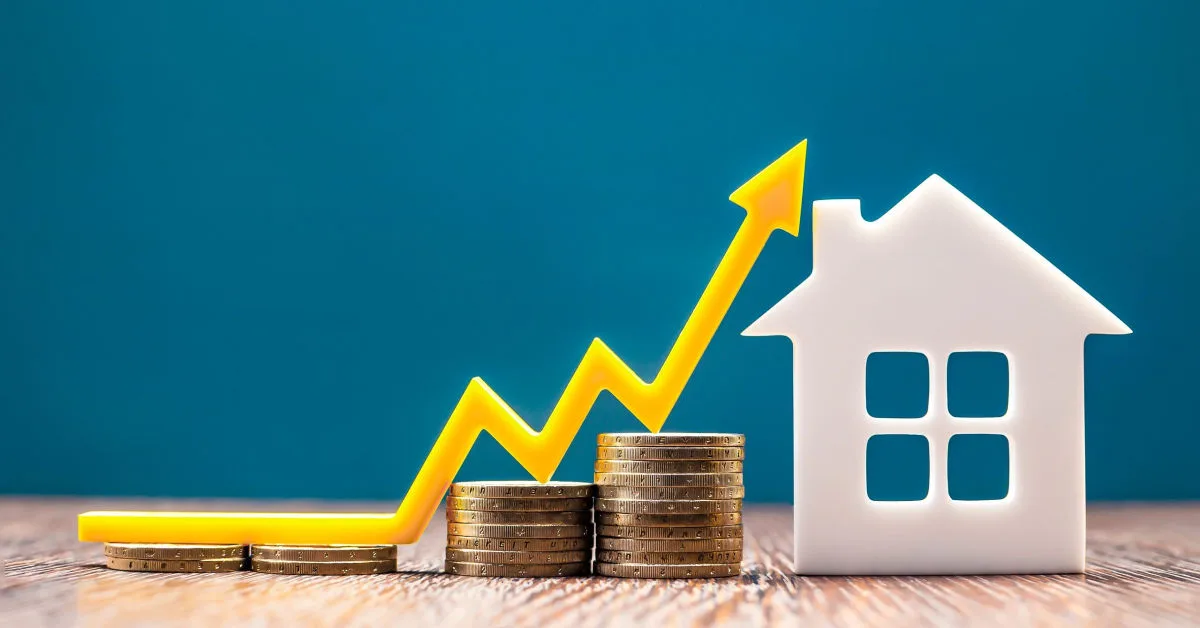In the past year, Ireland has experienced a notable increase in house prices, with asking prices for homes rising by 7.5% nationally. This marks the highest rate of increase in two years, according to recent reports from MyHome.ie and Daft.ie.
The median asking price for a home in Ireland now stands at €365,000, reflecting a 0.8% increase from the previous quarter. The rise in prices is more pronounced outside the capital, where prices have surged by 8.5% over the year, bringing the median asking price to €315,000. In Dublin, the annual increase was 6.2%, with the median price reaching €455,000.
Several factors contribute to this upward trend. One significant driver is the limited supply of homes. As of September, there were 13,100 homes listed on MyHome.ie, a figure significantly lower than pre-pandemic levels. This shortage is exacerbated by the reluctance of potential sellers who fear they might not secure a new property after selling their current one.
Economic factors also play a role. The relaxation of Central Bank mortgage lending rules for first-time buyers has increased the share of first-time buyers with higher loan-to-income ratios. Additionally, average earnings have risen, which has helped drive up mortgage approval values.
In Waterford, house prices have seen a substantial increase. In Waterford City, prices in the third quarter of 2024 were 3% higher than a year previously, with the average price of a home now at €250,000. In the rest of Waterford, prices rose by 8% over the same period, with the average price reaching €348,000.
The overall housing market in Ireland remains under pressure due to the country’s population growth, which has been 1.9% for the second consecutive year. To match the UK’s housing-to-population ratio, Ireland would need to build an additional 206,000 homes.
Despite the challenges, there are some positive signs. New housing starts have risen to 49,000 in the year to July, and MyHome.ie expects completions to increase sharply next year to above 40,000 units. However, the impact of build cost inflation and elevated energy costs remains a concern.
In addition to these factors, the report highlights that one in seven properties are now selling for 20% over the asking price, indicating a highly competitive market. This trend is particularly evident in Dublin, where the demand for housing continues to outstrip supply.
The report also notes that the average time to sale agreed was just 12 weeks in the third quarter, close to a historic low. This rapid turnover is a clear sign of the high demand and limited supply in the market.
Conall MacCoille, Chief Economist at Bank of Ireland, commented on the situation, stating that the rising population and economic growth are reminiscent of the Celtic Tiger era. He emphasised the need for a significant increase in housing supply to meet the growing demand.
Joanne Geary, Managing Director of MyHome.ie, expressed optimism about the future, noting that the increase in housing starts and expected completions are positive signs. However, she also stressed the importance of sustained efforts to address the imbalance in the market.
The Irish housing market is experiencing significant price increases driven by limited supply, economic factors, and population growth. While there are efforts to increase housing supply, the market remains tight, and prices are expected to continue rising in the near term.
